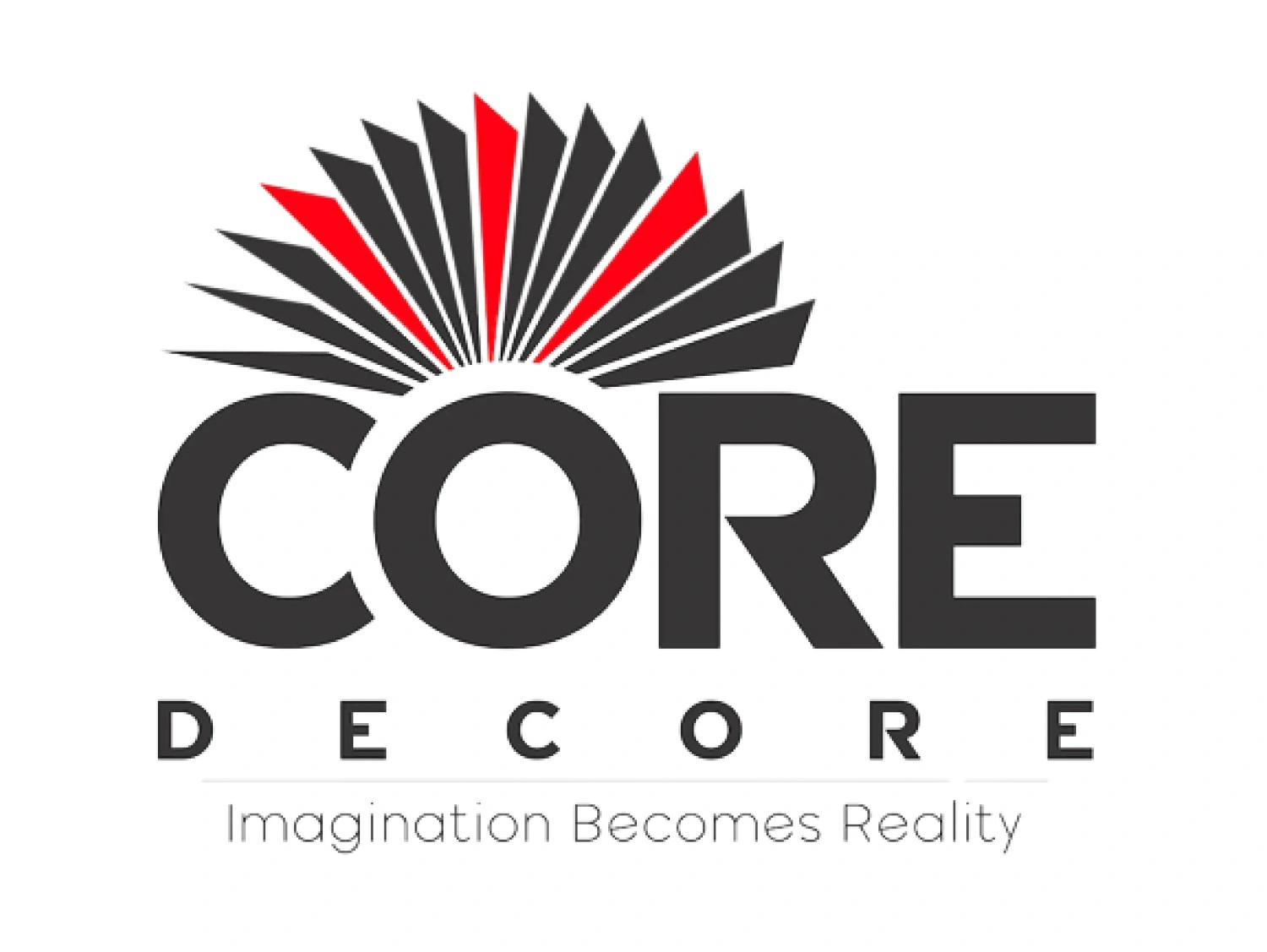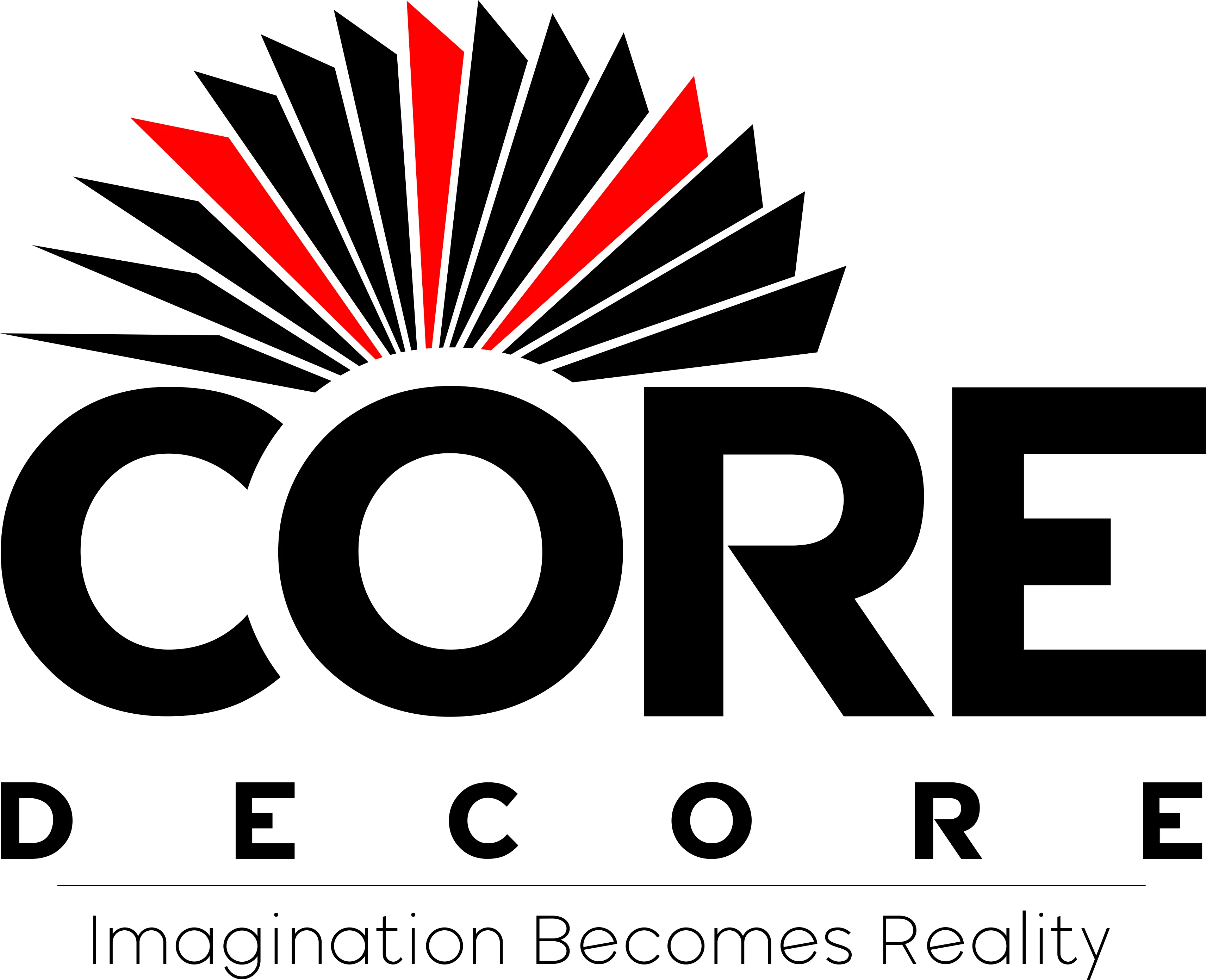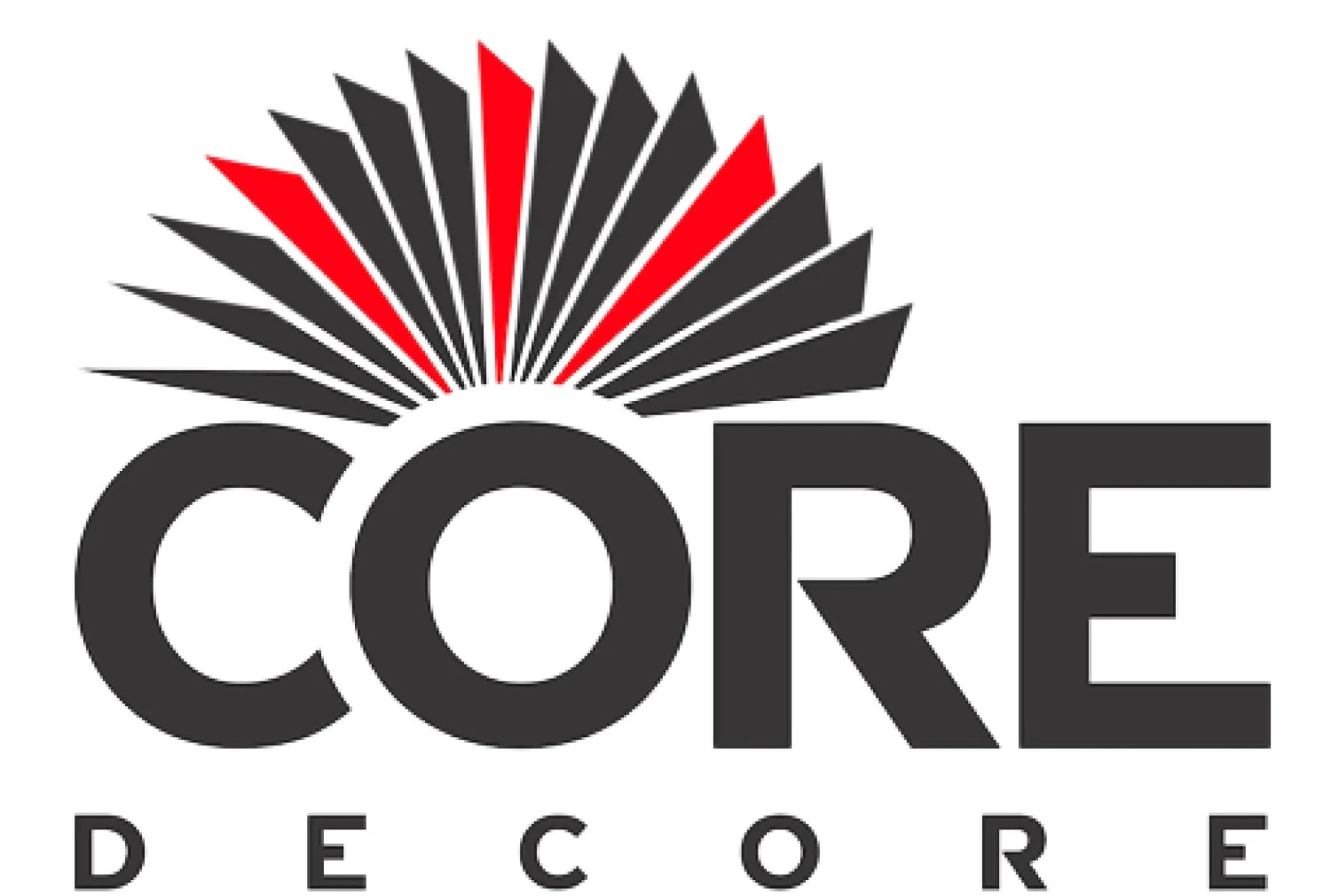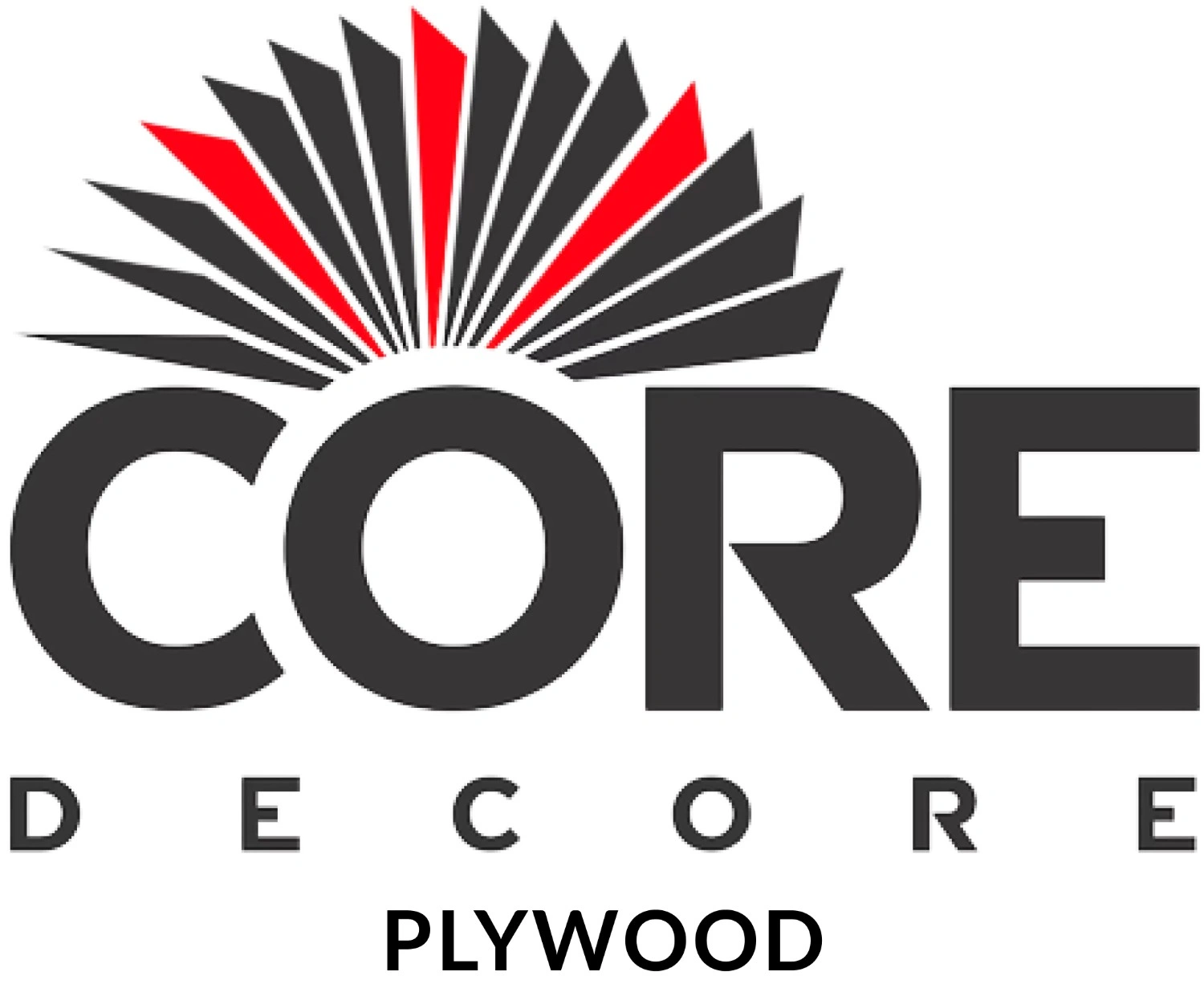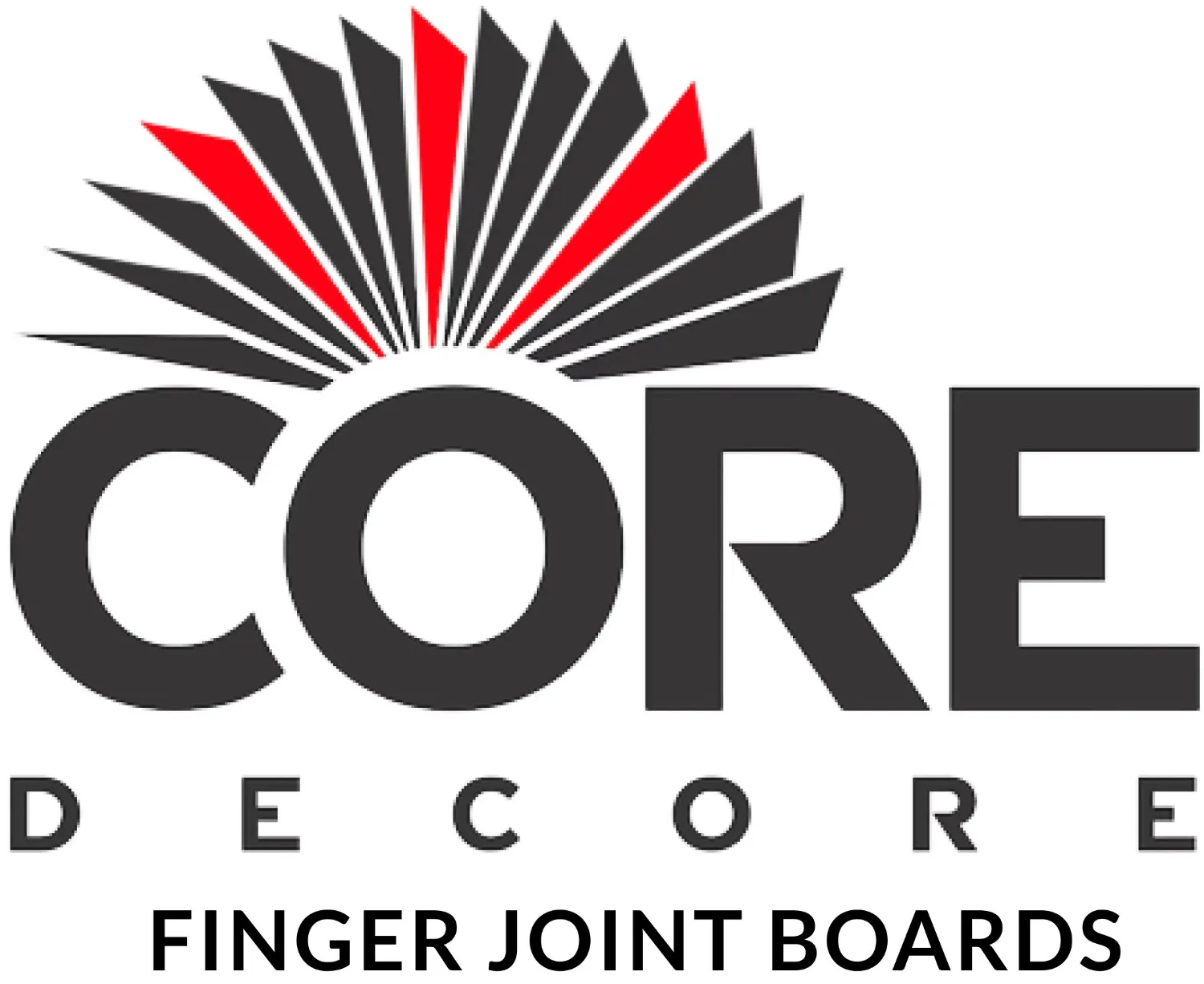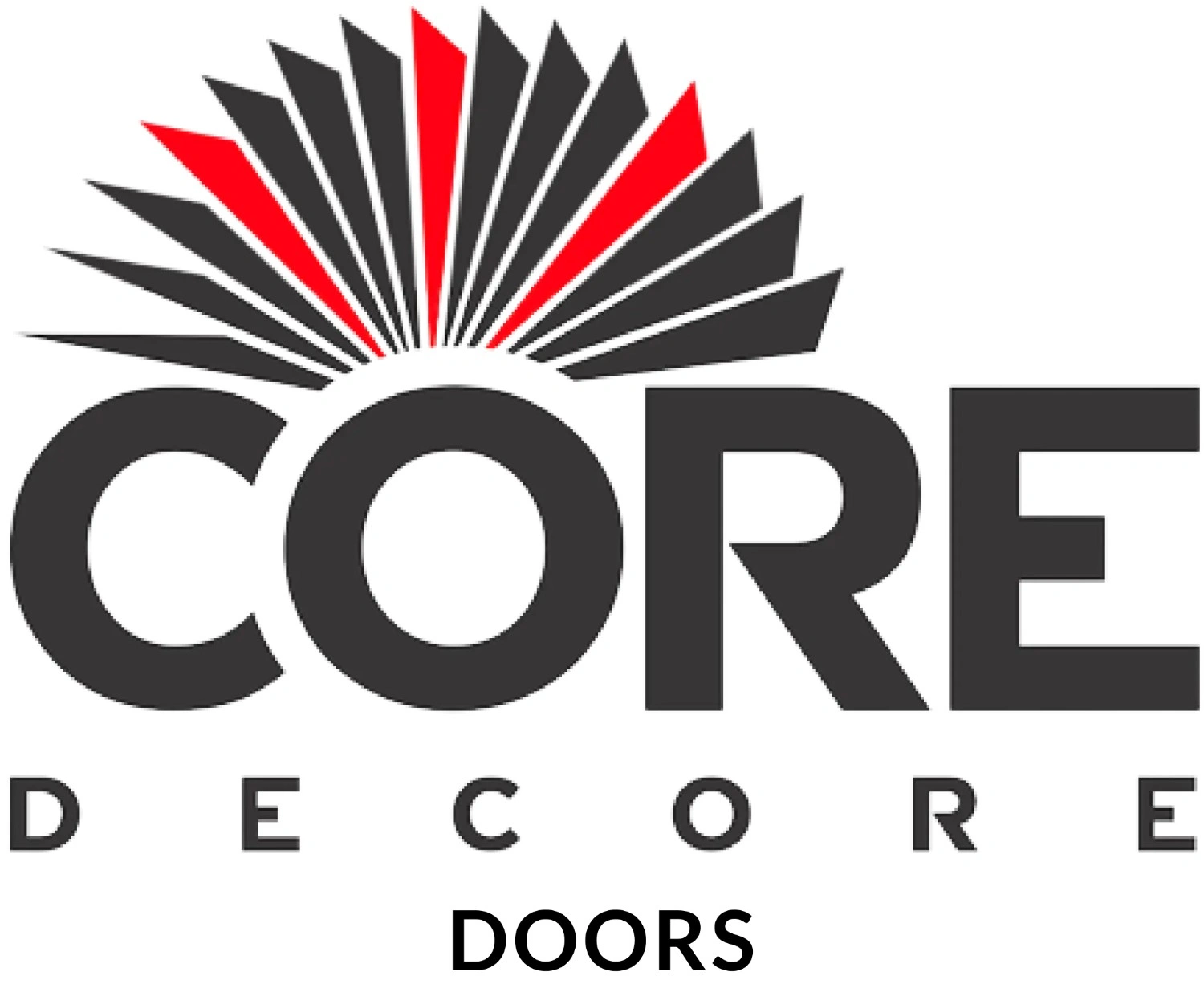10 Innovative Ways to Incorporate Multi-Layered Plywood in Designing
Multi-layer plywood, also known as engineered wood or laminated veneer lumber, is a versatile and widely used construction material with a variety of applications across different industries. Composed of layers of wood veneers glued together with the grain direction of adjacent layers perpendicular to each other, multi-layer plywood exhibits enhanced strength, stability, and durability compared to solid wood. This unique structure lends itself to a myriad of applications, making it a popular choice for both residential and commercial projects.
One of the primary uses of multi-layer plywood
- Construction
- Building industry
Plywood is a preferred material for structural applications due to its strength-to-weight ratio and dimensional stability. It is commonly used in the construction of walls, floors, and roofs. Plywood sheets come in standard sizes, making them easy to handle and install. The ability of multi-layer plywood to resist warping, twisting, and shrinking makes it an ideal choice for structural elements where stability is crucial.
In the realm of furniture and cabinetry, multi-layer plywood is a favoured material for crafting various pieces. The engineered wood provides a stable and consistent surface, minimizing the risk of cracking or warping over time. Plywood's versatility allows for the creation of intricate designs and shapes, making it suitable for both modern and traditional furniture styles. Plywood is often used in the construction of cabinets, tables, chairs, and other pieces where a combination of strength and aesthetics is essential.
Dependence of marine industry on multilayered plywood
The marine industry heavily relies on multi-layer waterproof plywood due to its resistance to moisture and water damage. Marine-grade plywood, specifically designed to withstand exposure to water, is a crucial component in boat building and repair. The layers of veneer are bonded with waterproof adhesives, providing a strong and durable material capable of withstanding the harsh marine environment. From boat hulls to interior components, plywood plays a vital role in ensuring the longevity and performance of marine vessels.
Dominance of multilayered plywood in automobiles
The use of multi-layer plywood extends to the automotive sector, where it is employed in the manufacturing of vehicle components.Plywood's lightweight yet robust nature makes it an excellent choice for applications such as flooring, interior panels, and cargo spaces in vehicles. Its ability to withstand vibrations and impact, coupled with dimensional stability, contributes to the overall durability and safety of automobiles.
Role of multilayered plywood in construction and framework
In the field of construction and formwork, multi-layer plywood serves a crucial role in shaping and supporting concrete structures. Plywood panels are used to create molds for casting concrete, known as formwork. The smooth and even surface of plywood ensures a high-quality finish on the concrete, and its strength enables the formwork to withstand the pressure exerted by the wet concrete. Once the concrete has set, the formwork can be easily removed, making plywood a cost-effective and efficient choice for construction projects.
We will enter into the elaborate version of uses of multilayered plywood:
1. Construction Industry
- Structural Framing: Multi-layer plywood is extensively used in the construction of residential and commercial structures for framing applications. Its strength and stability make it a reliable choice for beams, columns, and other load-bearing elements.
- Roofing: Plywood serves as a base for roofing materials, providing a stable and even surface for the installation of roofing shingles or other coverings.
- Formwork: Plywood is commonly employed as formwork in concrete construction. It provides temporary molds for pouring concrete, ensuring accurate and smooth finishes for walls, columns, and slabs.
2. Furniture Manufacturing
- Cabinet Construction: Multi-layer plywood is a popular choice for constructing cabinets due to its strength and resistance to warping. It is often used for the carcasses of cabinets, providing a sturdy foundation.
- Tabletops and Surfaces: Plywood is utilized to create tabletops and surfaces for furniture. Its flat and stable nature makes it an ideal material for achieving smooth and durable finishes.
- Shelving: The strength and dimensional stability of multi-layer plywood make it suitable for crafting durable and reliable shelving units.
3. Transportation Industry
- Vehicle Interiors: Plywood is used in the interior construction of various vehicles, including buses and RVs. It serves as a substrate for paneling, partitions, and storage components.
- Marine Applications: Marine-grade plywood, a specialized type of multi-layer plywood, is employed in boat construction. Its ability to withstand moisture and resist fungal attacks makes it suitable for marine environments.
4. Manufacturing and Packaging
- Pallets and Crates: Multi-layer plywood is used to construct pallets and crates for shipping and storage. Its strength and durability ensure that goods are securely transported without damage.
- Industrial Shelving: Plywood is used in the manufacturing sector to create sturdy and adjustable shelving systems for storing tools, equipment, and products.
5. Architectural Applications
- Interior Finishes: Plywood is employed for various interior finishes, including wall paneling and ceiling treatments. It offers a cost-effective solution with a modern aesthetic.
- Temporary Structures: In architectural projects that require temporary structures, such as exhibition booths or pavilions, multi-layer plywood is often chosen for its versatility and ease of assembly.
DIY and Home Improvement
- Home Renovations: Multi-layer plywood is a popular choice for DIY enthusiasts and homeowners undertaking renovation projects. It is used for a wide range of applications, including flooring underlayment and subflooring.
- Custom Furniture: Individuals with woodworking skills often choose plywood for crafting custom furniture pieces due to its affordability and versatility.
7. Art and Design
- Furniture Design: Plywood is embraced by designers and artists for its aesthetic appeal. Its layered structure can be showcased in modern and artistic furniture designs.
- Sculptures and Installations: Artists use multi-layer plywood as a medium for creating sculptures and installations due to its malleability and structural integrity.
8. Soundproofing and Acoustic Panels
- Recording Studios: Multi-layer plywood is used in the construction of acoustic panels for soundproofing in recording studios. Its density helps in absorbing and dampening sound waves.
- Home Theaters: Plywood is also employed in home theaters and entertainment rooms to improve acoustics and create a better audio experience.
9. Energy Sector
- Wind Turbine Blades: High-quality plywood is utilized in the construction of wind turbine blades. Its strength-to-weight ratio is advantageous in achieving efficient and durable blade designs.
- Solar Panel Construction: Plywood may be used as a substrate or support material in the construction of solar panels and associated structures.
10. Outdoor and Recreational Applications
- Playground Equipment: Plywood is employed in the construction of playground structures, providing a durable and safe material for components such as platforms and ramps.
- Sports Equipment: Some sports equipment, like skate ramps and climbing walls, utilizes multi-layer plywood for its strength and resilience.
Advantages of Multi-Layer Plywood
- Strength and Durability: The layered construction enhances the overall strength and durability of plywood.
- Dimensional Stability: Plywood is less prone to warping and shrinking compared to solid wood.
- Cost-Effectiveness: Plywood is often more affordable than solid wood, making it a cost-effective choice for various applications.
- Versatility: Plywood can be easily customized, cut, and shaped to meet specific design and functional requirements.
- Consistency: The manufacturing process ensures consistent quality and uniformity in thickness and strength.
In conclusion, multi-layer plywood has become an indispensable material in a wide array of industries and applications. Its unique combination of strength, versatility, and cost-effectiveness makes it a preferred choice for builders, manufacturers, designers, and DIY enthusiasts alike. Whether used in construction, furniture making, transportation, or artistic endeavors, multi-layer plywood continues to play a crucial role in shaping the modern built environment.
